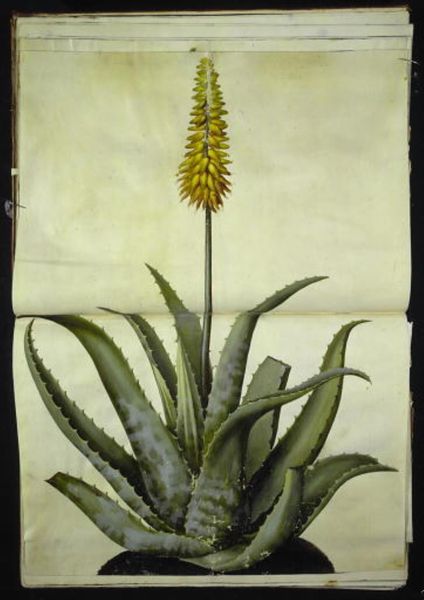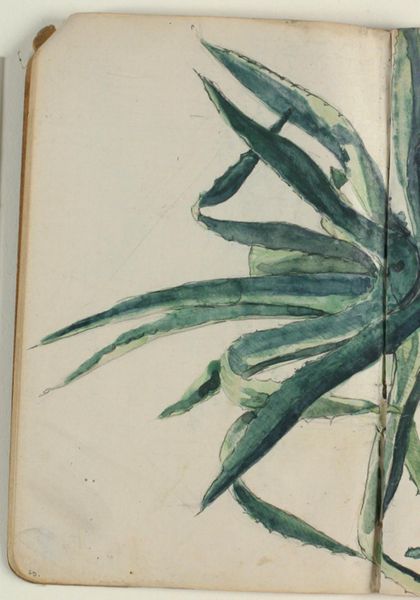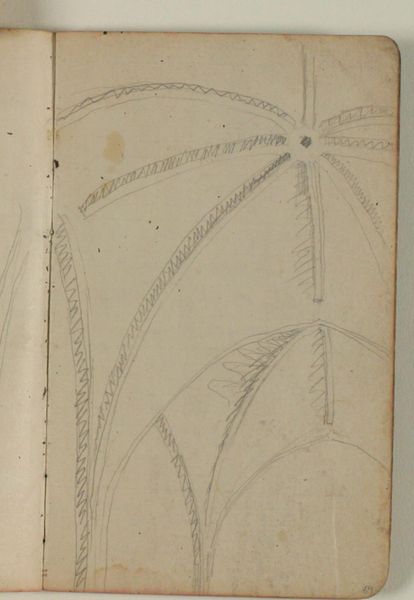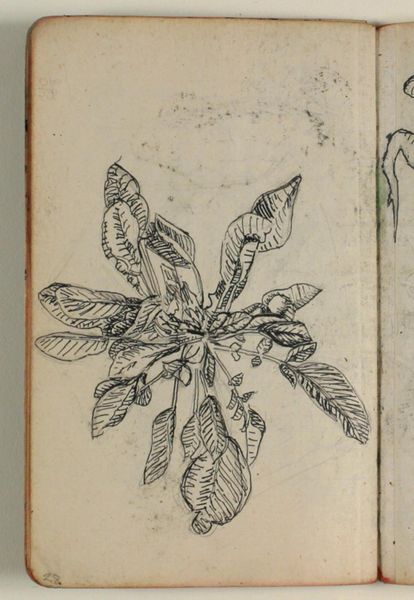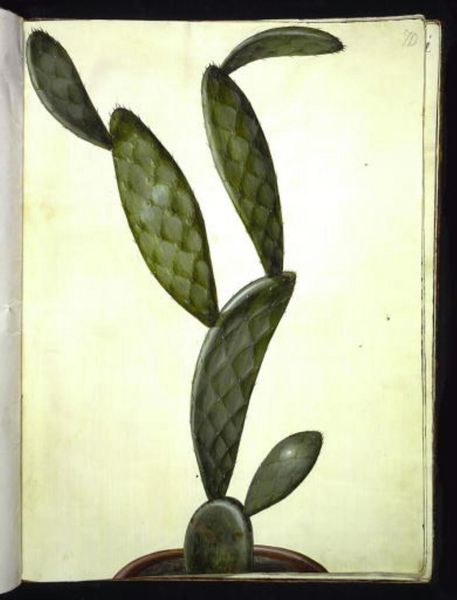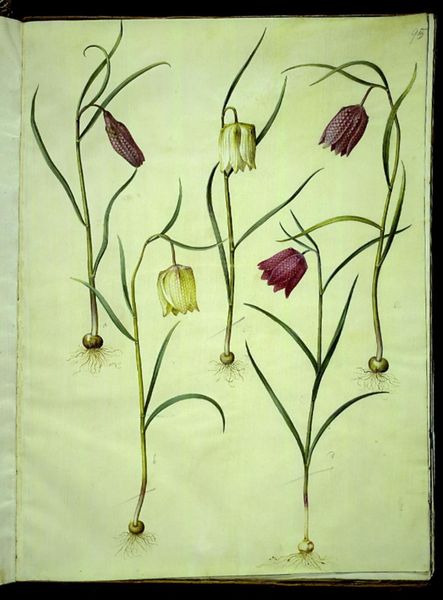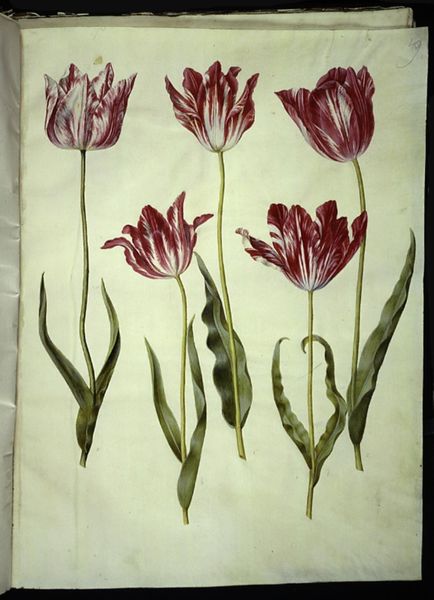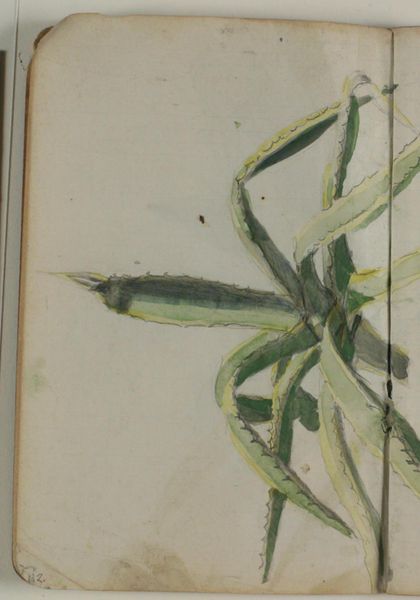
drawing, gouache, watercolor
#
drawing
#
gouache
#
oil painting
#
watercolor
#
watercolor
#
realism
Dimensions: 505 mm (height) x 770 mm (width) (bladmaal)
Curator: Before us is a remarkable botanical study. Painted between 1649 and 1659 by Hans Simon Holtzbecker, it showcases an 'Agave americana,' rendered with meticulous detail in watercolor and gouache. This piece resides within the collection of the SMK, the Statens Museum for Kunst. Editor: The spiky dynamism really grabs me. It's a vibrant jumble of greens and grays—almost tactile. There's a palpable sense of the plant pushing outward, demanding space. Curator: These botanical drawings gained prominence as part of the era's burgeoning scientific documentation, tied deeply to the age of exploration and a wider impulse to catalog nature. Agaves were fascinating imports from the New World and their likenesses found a place in cabinets of curiosity and scholarly volumes alike. Editor: Yes, that alien aspect, rendered with a hyperrealism feels laden with deeper symbolism. The Agave has thorns, sure, representing challenges or boundaries. It's also the source of nourishment in many cultures: an emblem of sustenance in adversity, mirroring a deep, primal, almost feminine principle of life. Curator: Certainly. It represents a growing connection with and reliance on, colonial resources, as European powers expanded into agave-growing regions, primarily Spanish territories, across South America. Agave farming in that region was heavily influenced by power dynamics tied to colonialism. Editor: So the 'alienness' then, reflects perhaps the power and politics surrounding those times, an imposition or dominance of other worlds…I imagine that back then a drawing like this wasn't just for its visual accuracy; it served as a sort of coded emblem, both intriguing and implicitly charged. Curator: Absolutely. This careful, and beautiful rendition becomes both art and object in this case, reinforcing Europe's complex relationship with nature, acquisition, and the scientific gaze. Editor: Fascinating to peel back the layers. Now it seems I appreciate the art, the botanical study, but also the complex history behind the seemingly humble depiction of the agave.
Comments
No comments
Be the first to comment and join the conversation on the ultimate creative platform.
